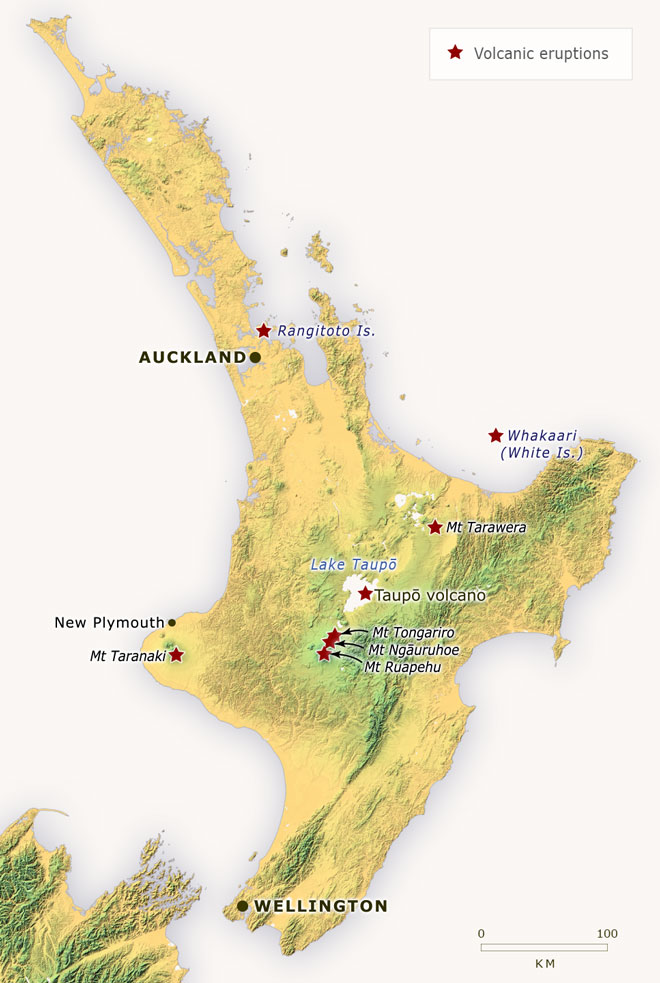Red Rock Canyon is a park about 25 minutes outside Las Vegas. It is within the Mojave Desert (which covers part of Nevada, Arizona and California). It is named for the outcroppings of red Jurassic sandstone. These were formed from a vast area of windswept sand dunes that were present about 180 million years ago. Like sand dunes today, the sand was not laid down in a horizontal plane. With changing winds, the sand was layered in a variety of different orientations leading to the cross bedding that is visible today.
 |
| Cross bedded sandstone (and humans) |
The dunes in the Jurassic age were quite extensive. We later took a trip to the Valley of Fire (about 60 miles away) and they had rocks from the same field of sand dunes there.
Interestingly, the sandstones had a variety of different colors (yellow, pink, white, red). I am not sure (and it seems geologists are still debating) how exactly the coloring came to be. In some places, it does not follow the layering of the rocks, but cuts across different layers, indicating that the color was added (or removed) after the sand/rock was in place. (In other places, the color does seem to follow the rock layers, though...)
 |
| The red coloring cuts across the rock layers (Valley of Fire) |
The other key geological feature of the area is the Keystone Thrust. Caused by compressive forces to the west, layers of rock from the west were pushed up and over rocks from the east (for 10s of miles). This resulted in a sequence of rock layers being repeated one on top of the other and some older rocks being on top of younger layers of rock. In this case, the two distinctly different layers are the red/white Aztec Sandstone (180 million years old) and the gray paleozoic limestones that are up to 500+ million years old. (The limestones were deposited over the many millions of years when this area was at the bottom of a shallow sea.)
In this picture, the layers of limestone (cliffs in the back) were on top of the younger red sandstone in the foreground. The layers of limestone eventually wore away, re-exposing the sandstone.
Here is another shot of the Jurassic age sandstone that had been buried under the limestone. The sandstone was deformed (bent upwards/backwards) as the limestone slid over it.
A couple interesting rocks:
 |
| Interesting pattern |
 |
| Iron concretions |
The collection of rocks I brought home with me. I thought it was a dozen or so, but when I unpacked, it came to 27...
Awesome book describing the geology around Las Vegas. I recommend reading the sections of interest in advance if possible, since it took (me at least) some time to digest.















































